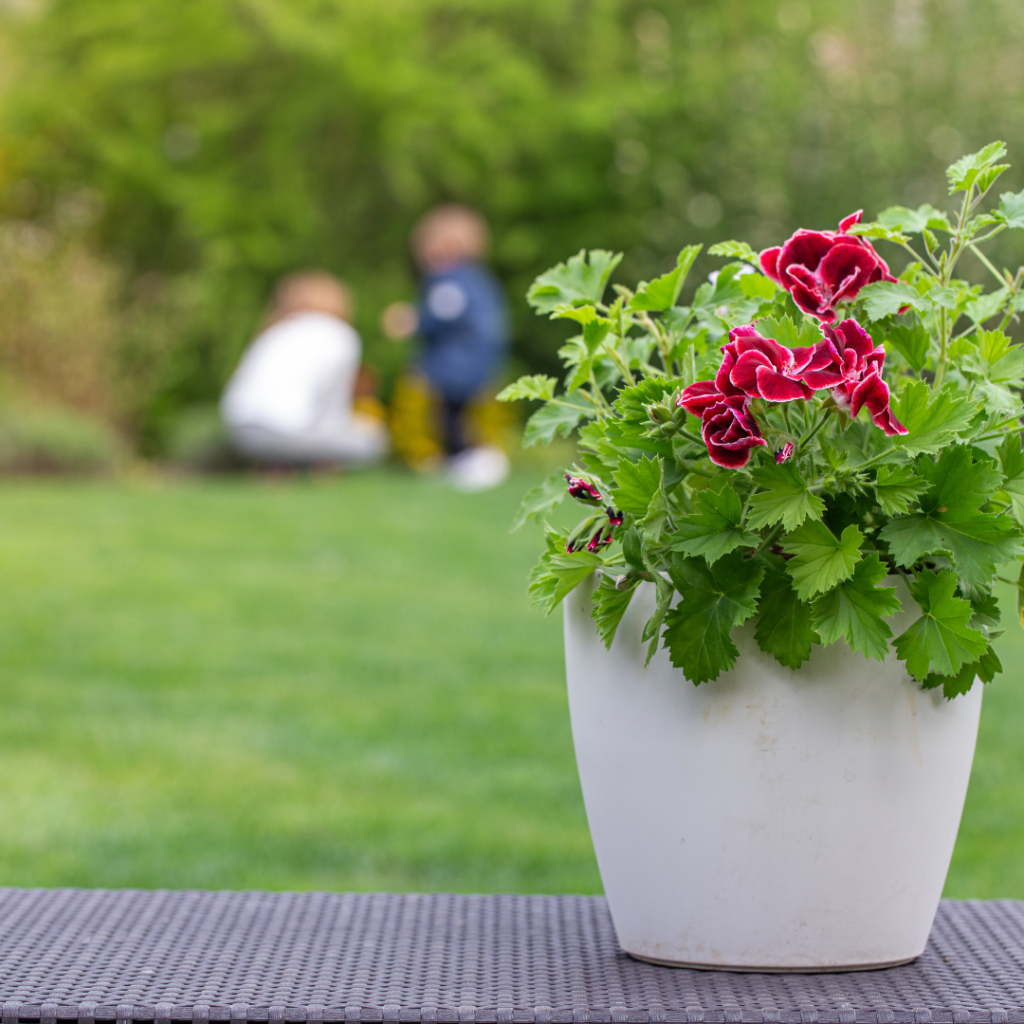10 Beautiful Houseplants That Will Make Your Home Smell Like a Fragrant Oasis
If you want to add some fragrance to your home but don’t want to use toxic air fresheners, the addition of houseplants that smell good might be a great alternative. Many houseplants not only have the incredible ability to improve indoor air quality, some even have the capacity to release lovely scents that instantly uplift your mood and add a touch of nature. In this post, we’ll look at a few houseplants that will not only adorn your space but also emit a delightful aroma.
Lavender (Lavandula angustifolia):
Lavender is a well-liked option for indoor and outdoor gardening due to its lovely purple spikes and sweet, herbal scent. It has a soothing fragrance and is also able to reduce stress and anxiety. Place it in a sunny spot and enjoy the calming aroma.
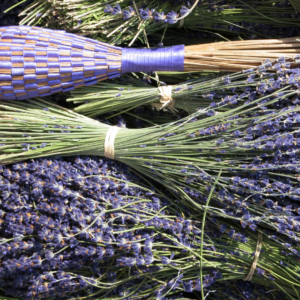
Mint (Mentha spp.):
Mint plants, such as peppermint or spearmint, are aromatic herbs and great examples of houseplants that smell good. These plants are easy to grow and thrive in an indoor setting. Just make sure to provide moderate sunlight, well-draining soil, and consistent moisture. Mint’s fragrant leaves will not only serve as a natural air freshener; they can also be used for teas or other culinary delights.
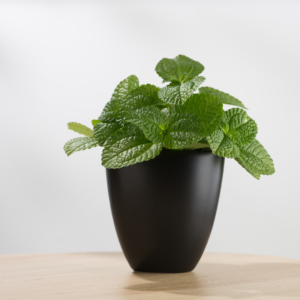
Eucalyptus (Eucalyptus spp.):
Eucalyptus not only has a clean, crisp fragrance, but its blue foliage is very attractive and can brighten up your space. In order to successfully grow the aromatic plant indoors, you must provide a sunny location, well-draining soil, and consistent moisture.
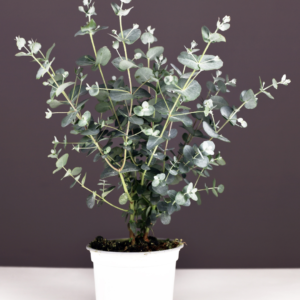
Scented Geranium (Pelargonium):
Scented geraniums come in a variety of fragrances, including rose, lemon, orange, chocolate, and apple. Their leaves release an aromatic scent when touched. These plants can thrive in pots or containers on sunny windowsills or under grow lights. To ensure their well-being, use well-draining soil and provide adequate sunlight and consistent moisture.
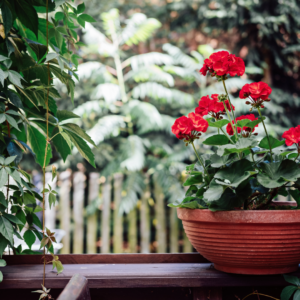
Hoya (Nummularioides):
Hoya, or wax plant, has leathery leaves and comes in a variety of species. The vining plant produces flowers in several different colors, including pink, white or purple. Many Hoyas produce a citrus, chocolate, or vanilla fragrance. One of the most fragrant Hoyas is the Hoya nummularioides. To successfully grow this plant indoors, place it in a spot that receives bright, indirect light. Use well-draining soil and allow the soil to dry out slightly between watering.
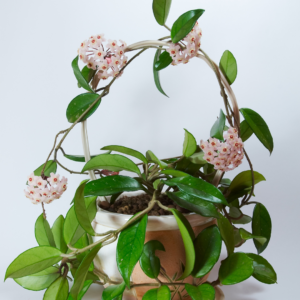
Rosemary (Rosmarinus officinalis):
Rosemary is not just a culinary herb that you can use to add flavor to dishes; it is also an aromatic plant that releases a delightful fragrance. Its pine-like scent can add a refreshing touch to your home. Growing this plant is easy. Make sure to have well-draining soil and bright, indirect sunlight.
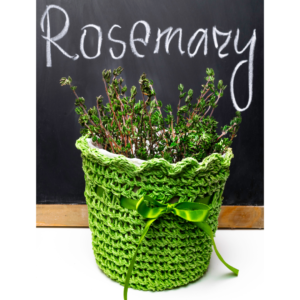
Lemon Balm (Melissa officinalis spp.):
Lemon balm is an herb from the mint family, and it produces a zesty lemony scent. It’s known for its calming properties. Lemon balm, with its vibrant green leaves, not only adds a delightful touch to your indoor garden, you can use it in culinary dishes, herbal teas, and aromatherapy. To cultivate indoors, use well-draining soil and provide plenty of sunlight.

Lily of the Valley (Convallaria majalis spp.):
Lily of the Valley is a dainty bell-shaped flower that represents motherhood, humility, and virtue. Legend has it that the blooms symbolize Eve’s tears after God expelled her from the Garden of Eden. It is also believed that this lily is mentioned several times in the Bible. This enchanted plant emits a strong, sweet fragrance and is perfect for shaded areas. To ensure their success, use well-draining soil and place them in an area with indirect light.

Jasmine (Jasminum spp.):
Jasmine, with its beautiful white blooms, is best known for its sweet, exotic fragrance that intensifies in the evening. These plants are not just houseplants that smell good; they are often used in perfumes and teas. Cultivating jasmine indoors requires plenty of direct sunlight, or the use of grow lights, and well-draining soil. Plants can be placed in hanging baskets or trained to climb trellises.

Gardenia (Gardenia spp.):
Gardenias are known for their velvety, white blossoms and sweet, exotic fragrance. Gardenias will not only bring a touch of elegance to your home; they will also fill the air with a captivating aroma. Under the right conditions, these plants can flourish indoors. They require bright, indirect sunlight and consistent humidity.
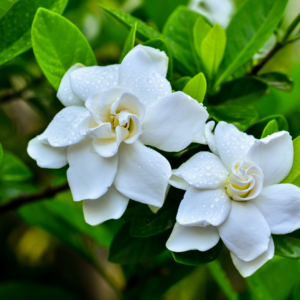
Conclusion
Adding fragrant indoor plants to your home can enhance not only your decor but also your sensory experience. These houseplants that smell good have the power to elevate your mood, reduce stress, purify the air, and create your own indoor oasis. With proper care, these remarkable plants will reward you with a beautiful environment and a toxic-free air freshener that fills your home with remarkable scents.
